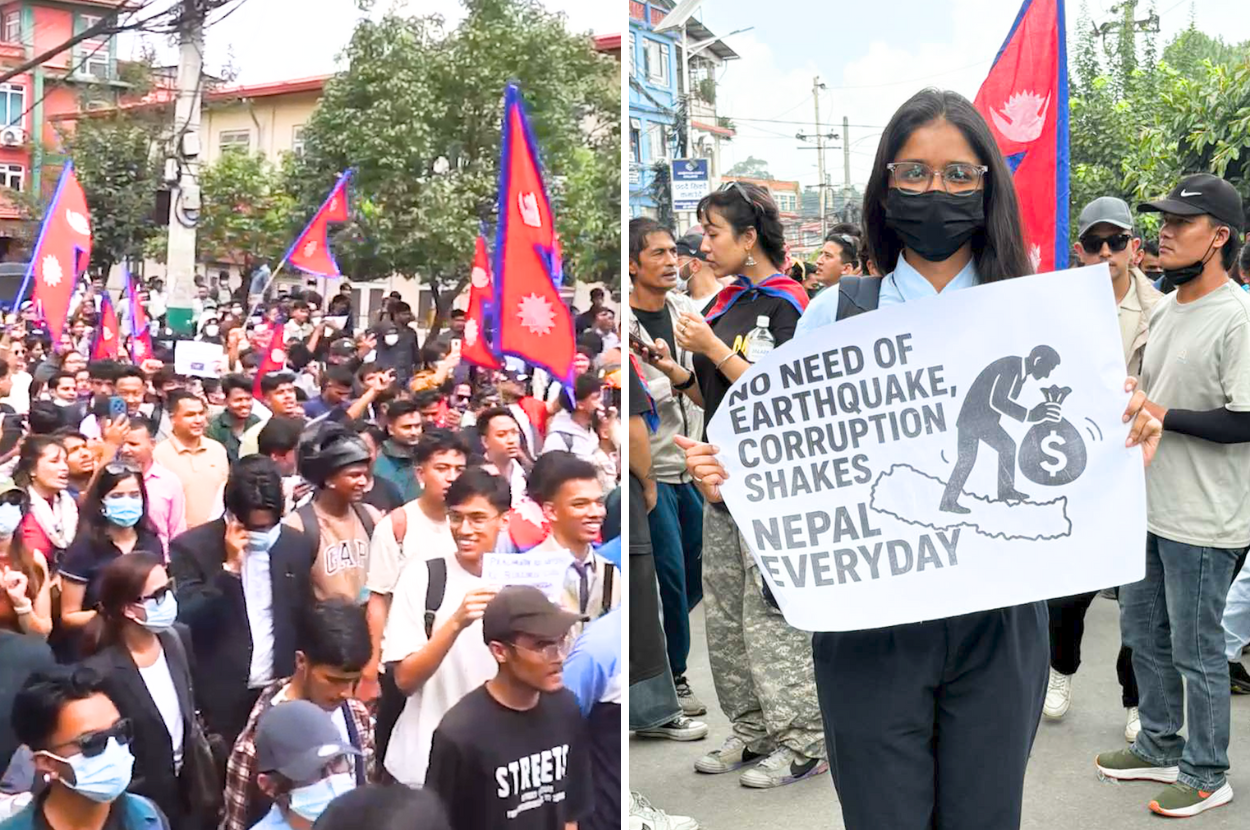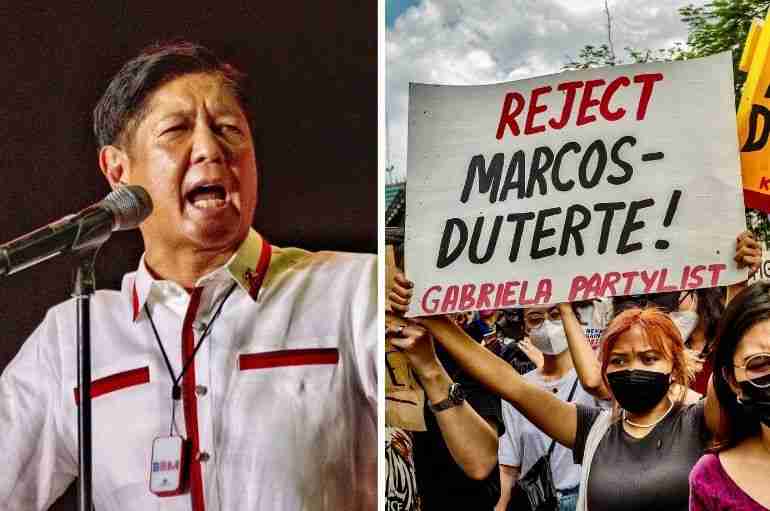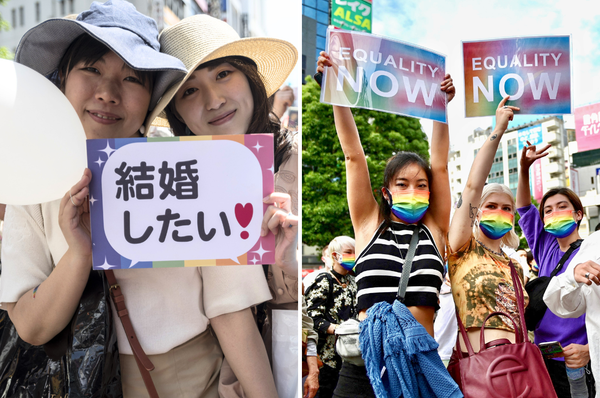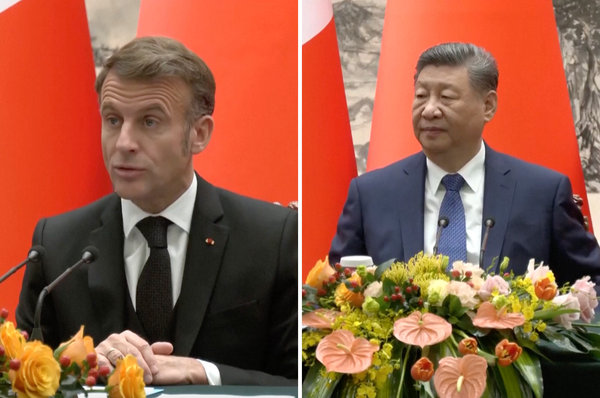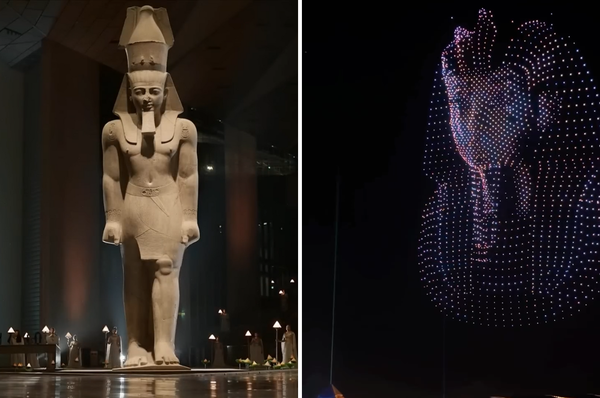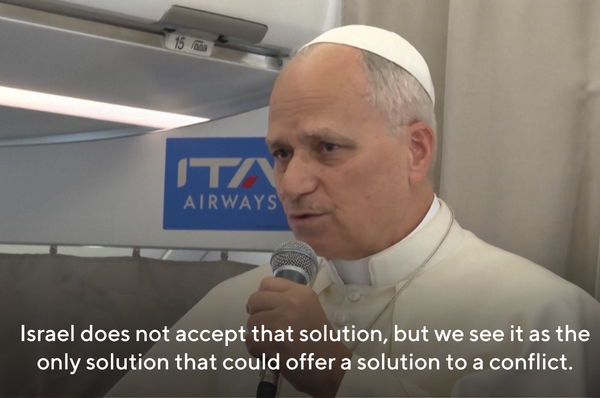People In The Philippines Are Holding Mass Protests Over Government Corruption In Flood Control Projects
On July 28, the president admitted that a government audit had found thousands of projects to manage flooding that were either never built, used identical blueprints in different places or overpriced so part of the money could be handed back to politicians and officials as bribes.
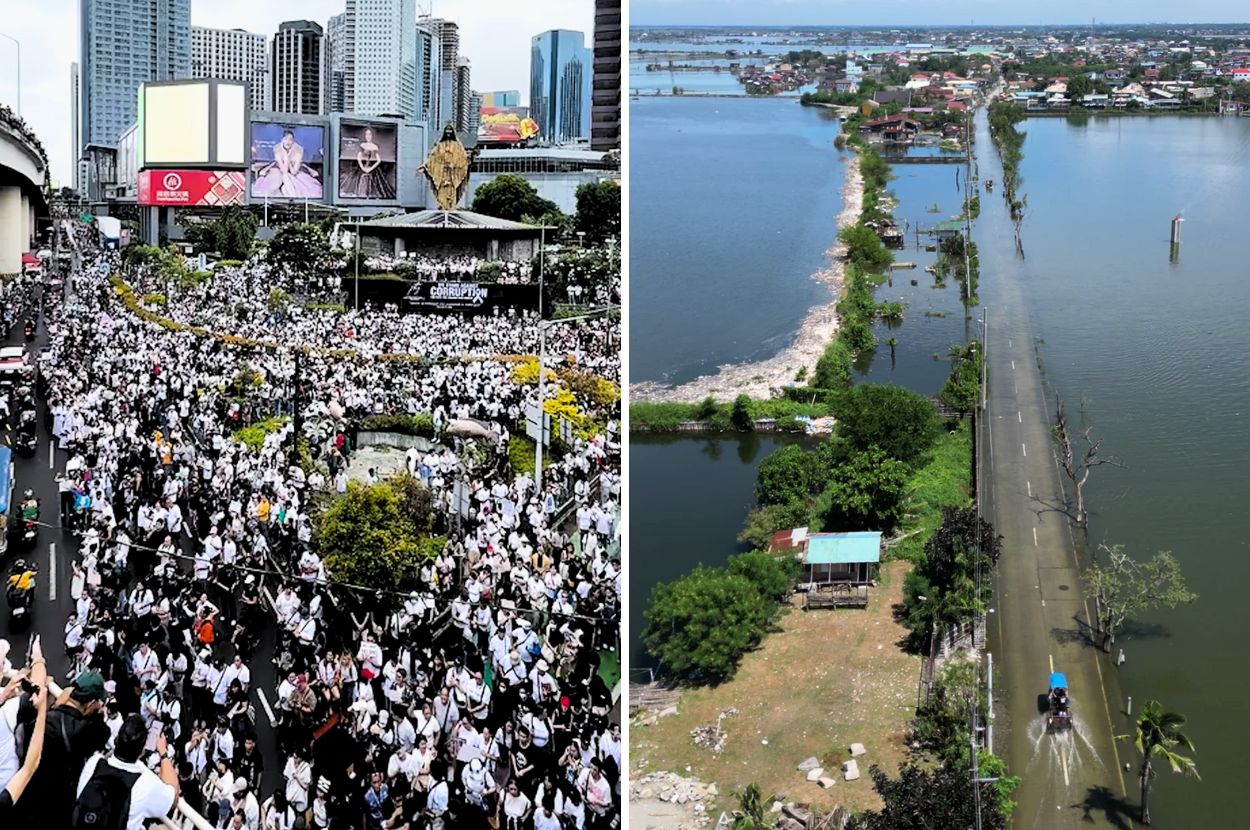
More than 30,000 people in the Philippines have taken to the streets to protest government corruption in projects to stop and control floods.
On July 28, President Ferdinand Marcos Jr. admitted that a government audit had found thousands of projects to manage flooding that were either never built, used identical blueprints in different places or overpriced so part of the money could be handed back to politicians and officials as bribes.
The audit flagged that projects that cost a total of ₱545 billion (about US$9.5 billion) had anomalies, and engineers had told the Senate that at least 20% of those costs were paid back to politicians as bribes.
The audit also found that 15 contractors out of more than 2,400 contractors took about ₱100 billion (US$2 billion) in projects, which is nearly a fifth of the entire ₱545 billion budget to manage flooding.
Anger has grown after heavy floods displaced more than 600,000 people in July 2024, with families saying they were left vulnerable because promised flood defenses never existed.
“We lost our homes while officials lined their pockets,” a resident of Bulacan told Al Jazeera.
On Sept. 21, thousands of Filipinos stormed the streets in the “Trillion Peso March” near the presidential palace and parks across the country, holding signs of the anime “One Piece” as a symbol of resistance, which has been also used by protesters in Indonesia and Nepal.
Students, church groups, labor unions and civil society organizations joined, carrying signs that read “Where did our money go?” and “No more fake projects.”
They denounced government corruption and demanded accountability, with many protesters calling for Marcos Jr. to resign.
The protests were peaceful at first but then police cracked down on protesters with water cannons, tear gas and stun grenades.
Demonstrators then set fire to a trailer truck and threw stones at police.
Police arrested more than 200 people, including children as young as 12 years old, and more than 130 police officers were injured.
The Armed Forces of the Philippines had also been placed on red alert to support the police during the demonstrations.
Meanwhile, authorities are continuing investigations into the corruption allegations.
The protests coincided with the anniversary of the 1972 martial law declaration by President Ferdinand Marcos, Marcos Jr.’s father, which led to a two-decade period of authoritarianism and nearly 70,000 people being arrested, about 34,000 being tortured and at least 3,240 being killed.
The elder Marcos was only toppled in the largely peaceful “People Power” protest in 1986.
You Might Also Be Interested In
